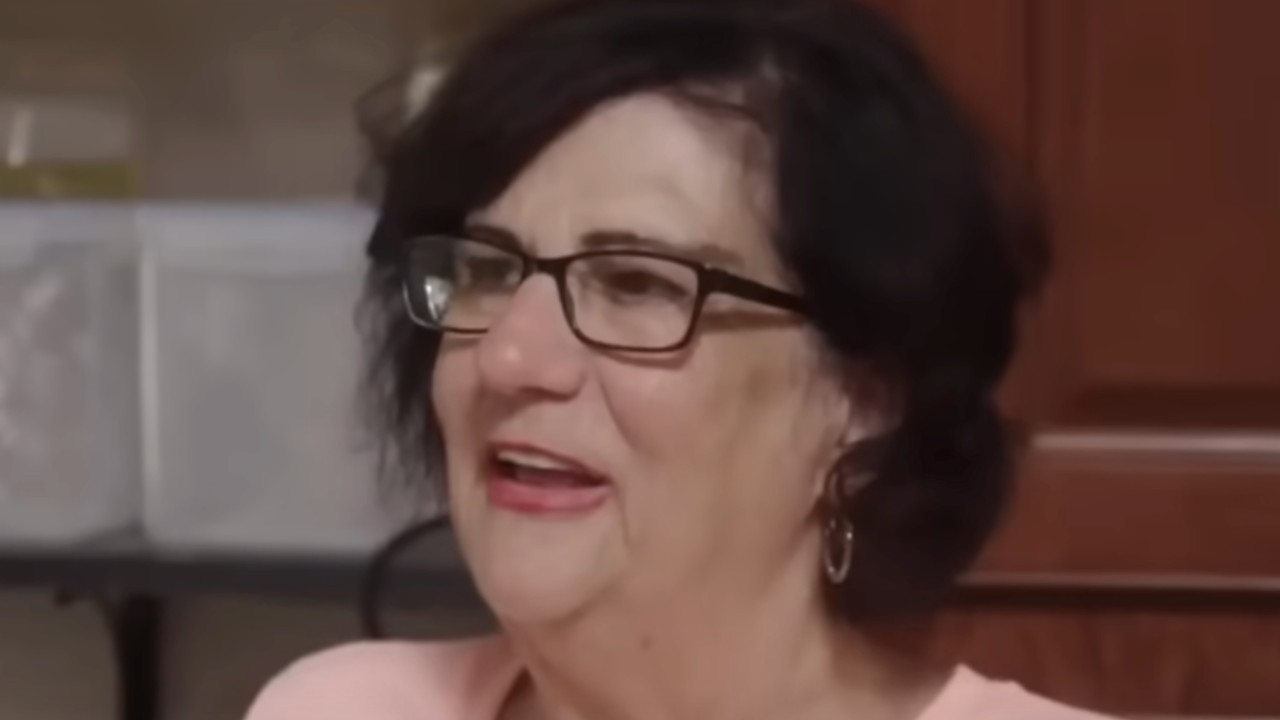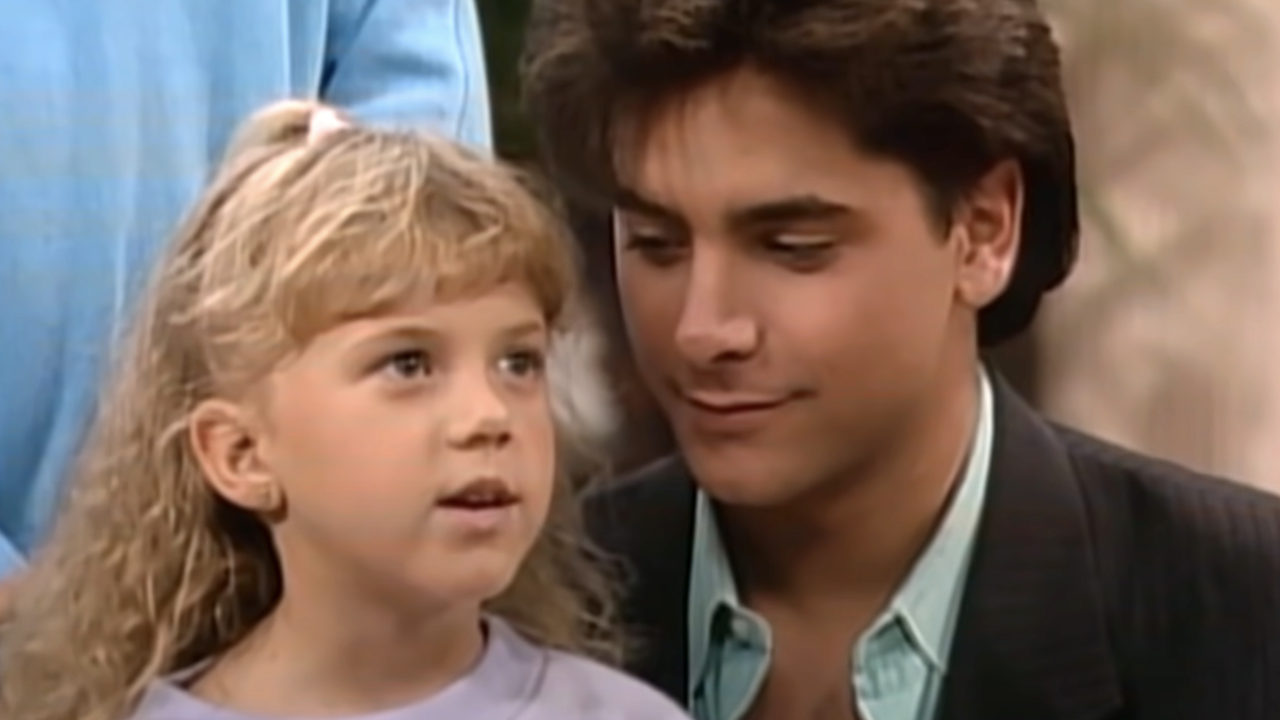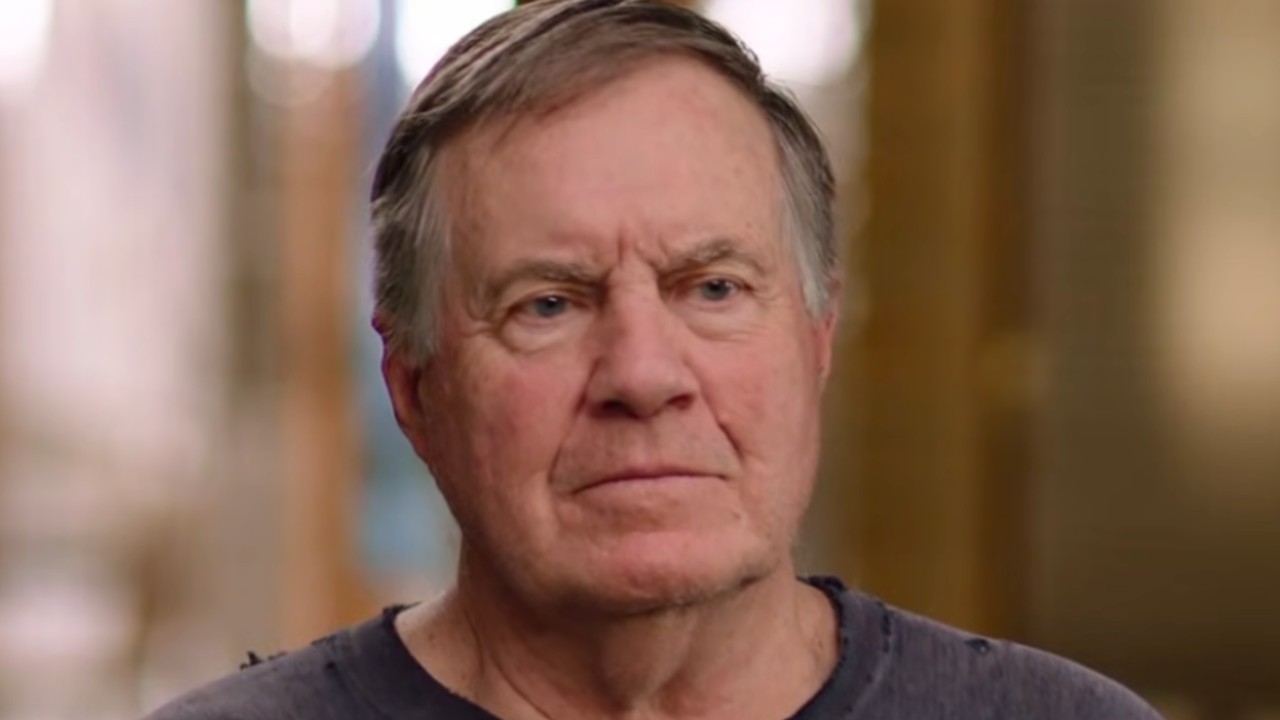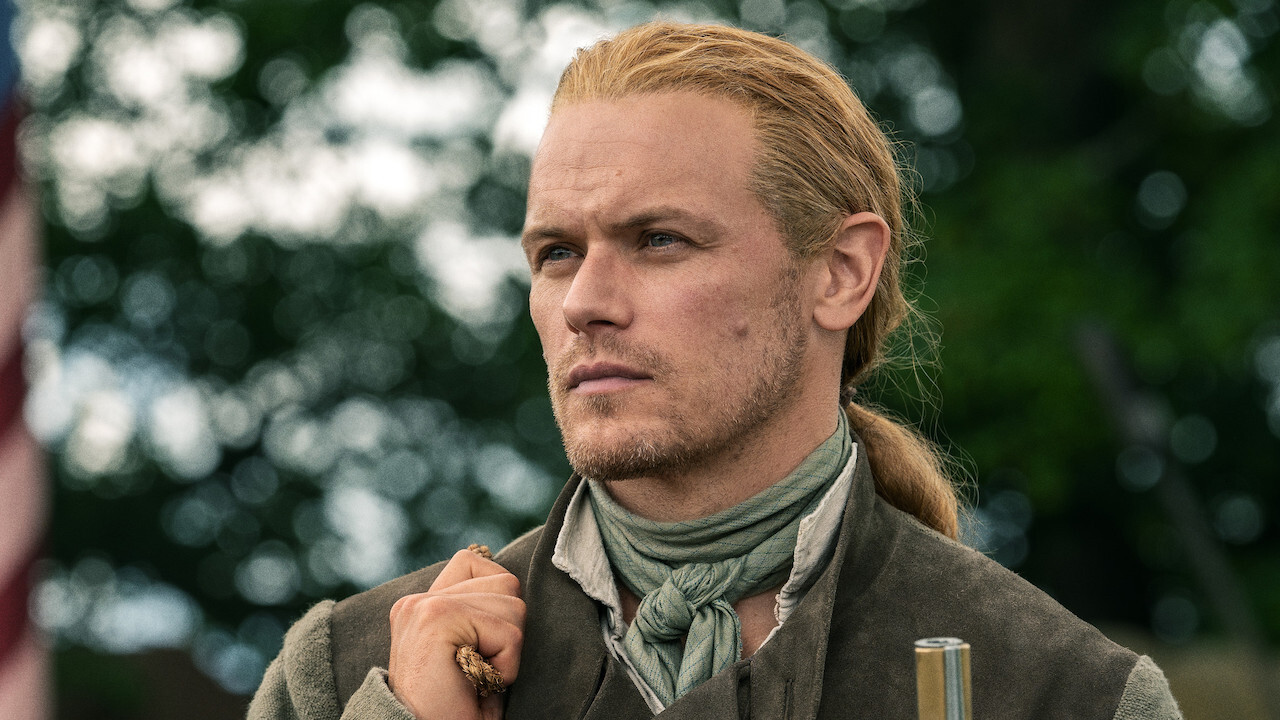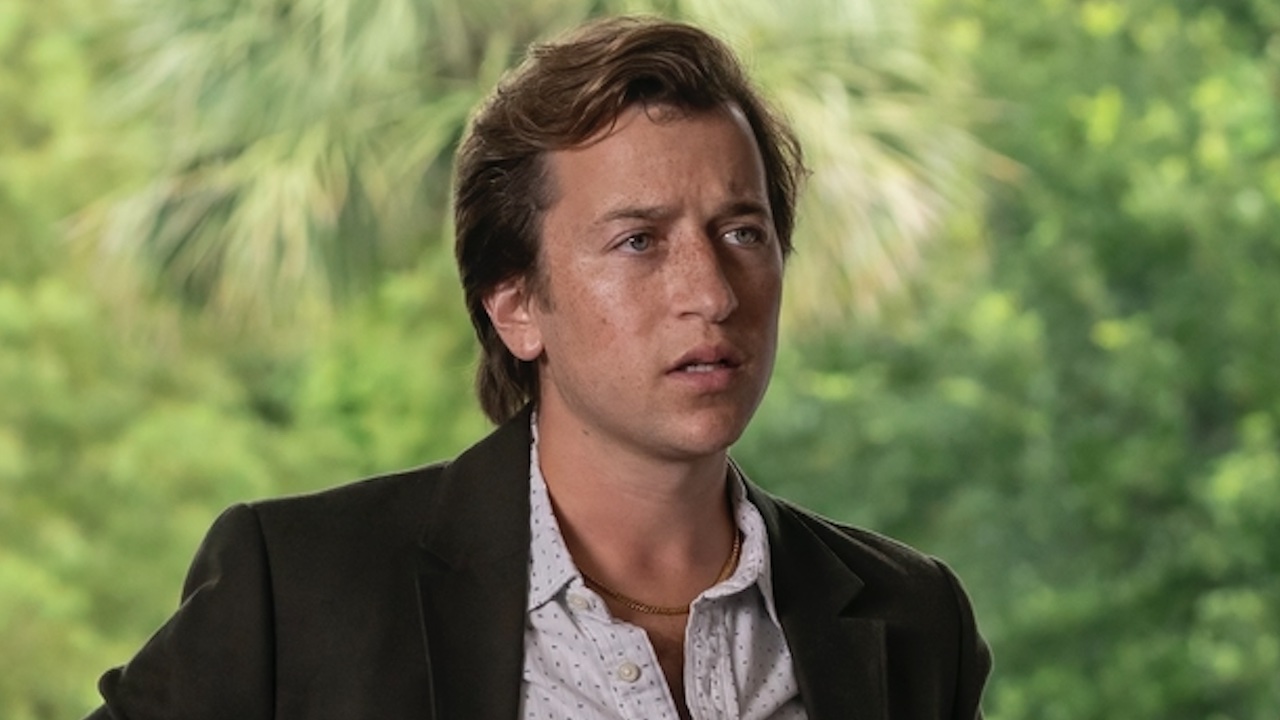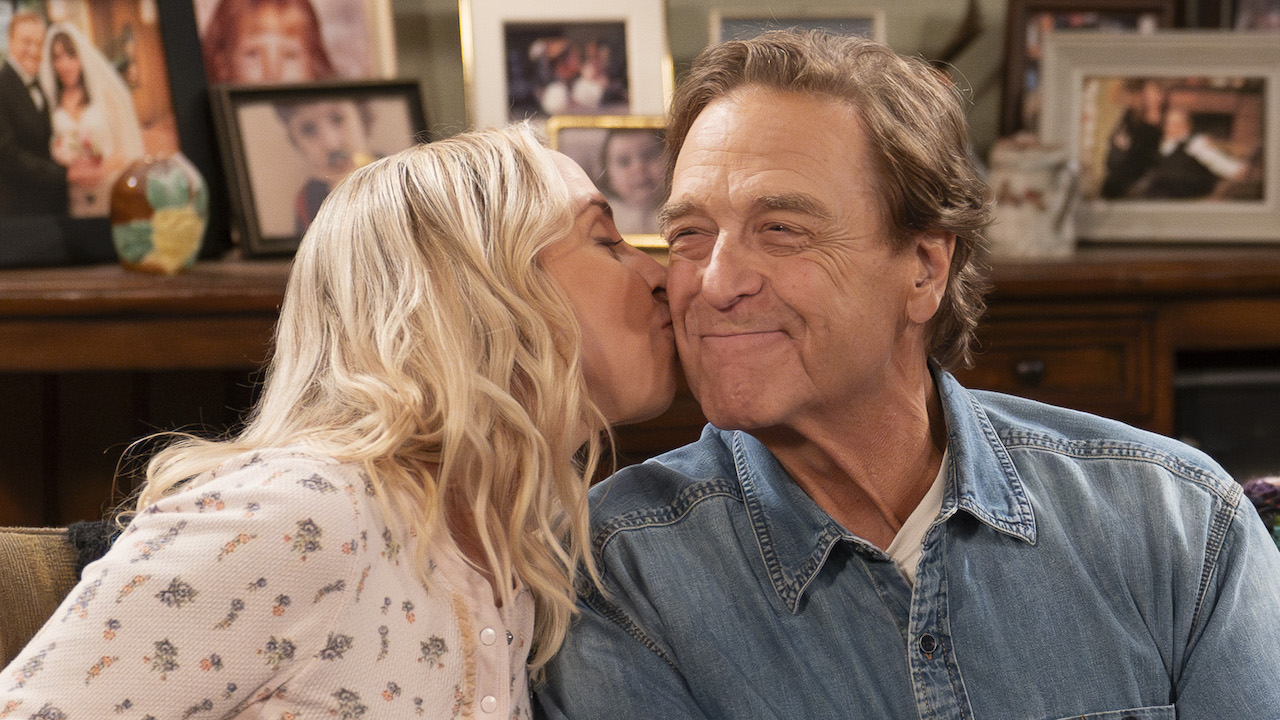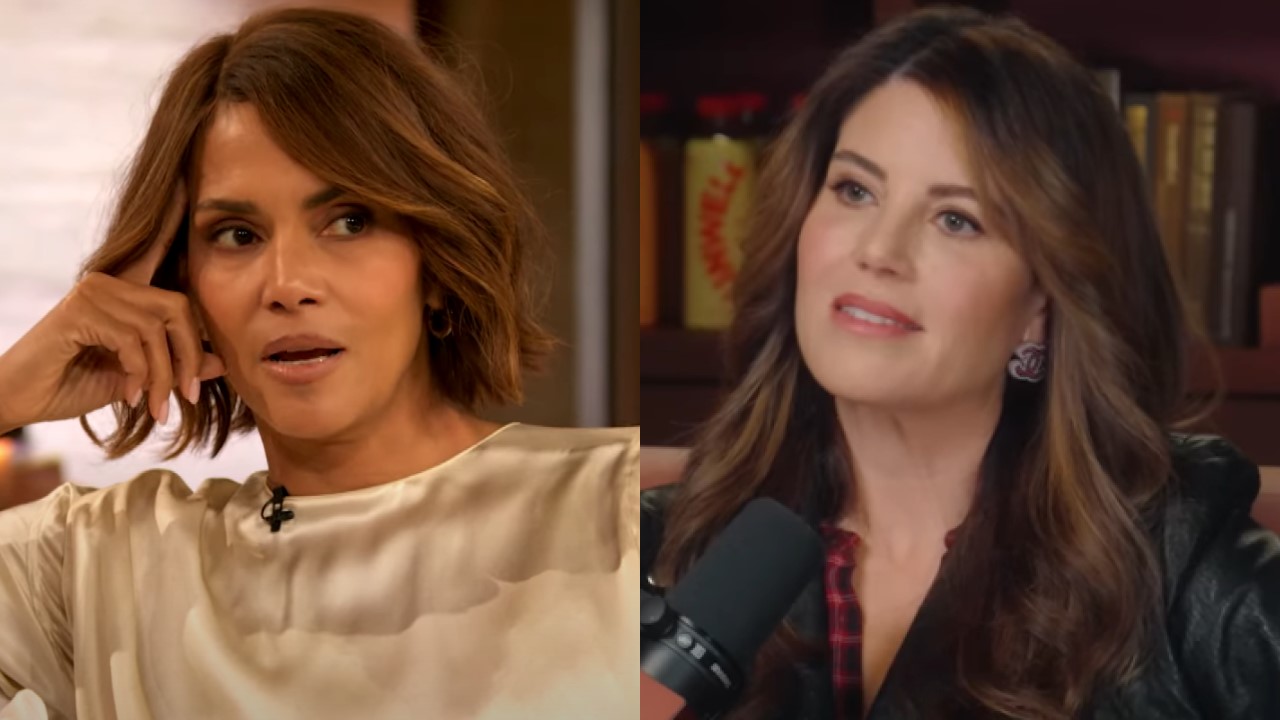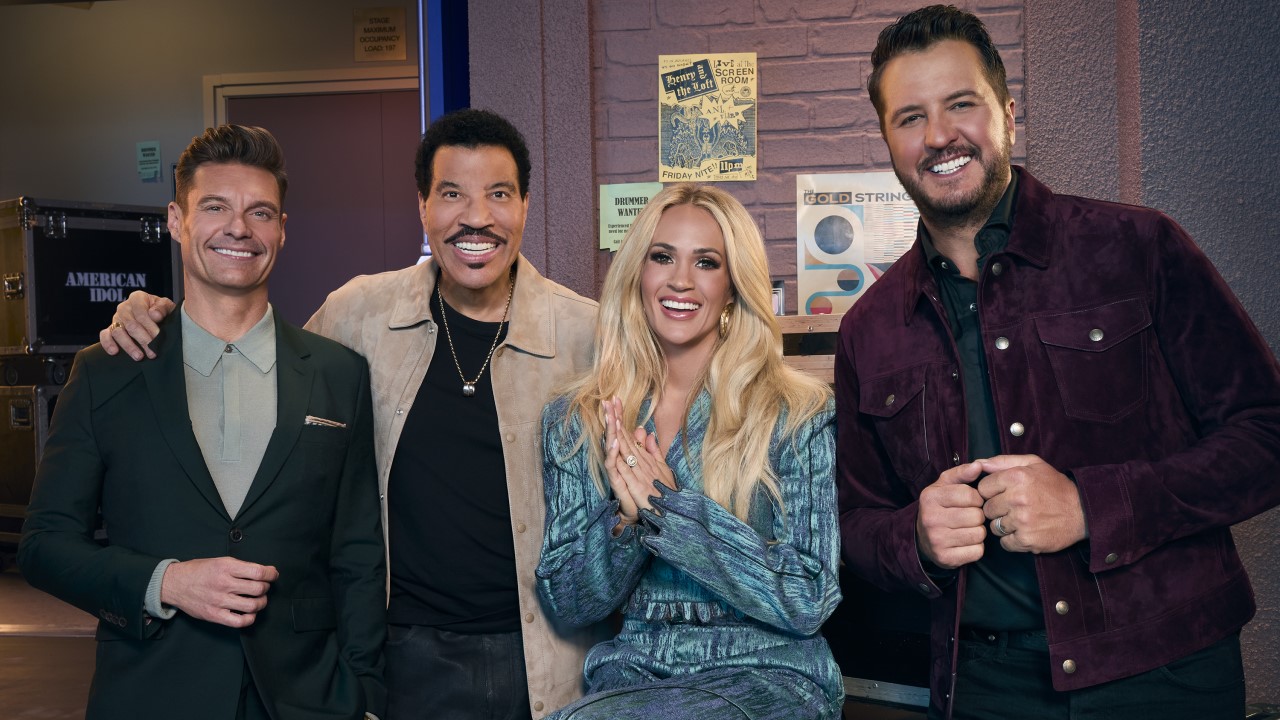Warm Bodies Director Jonathan Levine Talks Accessing The Zombie Mind
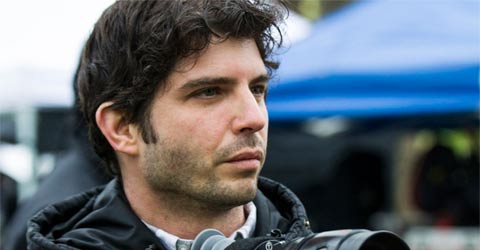
Making an adaptation of a book told in the first person is more than enough of a challenge, but as you can imagine that task is only made harder when the protagonist happens to be a zombie. Not only do you have to deal with widening perspective and creating a larger world, you also have to deal with the fact that from outward appearances the hero is a mumbling, stumbling, brainless bag of meat that spends every moment dreaming of devouring human flesh. This was the principal issue facing Jonathan Levine when he first came aboard to adapt Isaac Marion’s novel Warm Bodies - and an important element of the story I recently had the pleasure of discussing with the writer/director.
Set in a world overtaken by the living dead, the movie centers on R (Nicholas Hoult), a zombie leading a meaningless existence of boredom and hunger. But that all changes when he meets Julie (Teresa Palmer), a beautiful live human whose boyfriend R has devoured. But as R and Julie get closer they both discover that something is changing within him, and that something could change the entire world.
Check out my full interview with Levine below in which he talks about not only accessing the mind of a zombie, the challenge of the film’s shifting tones, the wonderful, eclectic soundtrack, and the rule established in the editing room: if it’s funny it goes into the movie.
Right from the off-set this movie is entering unprecedented territory by having a zombie as your main character, which obviously has some extreme and unique challenges to it. So where do you even begin?
Well, it’s interesting because it’s not as scary as you might think, because you read the book and you’re not like, “Wow, I can’t believe I’m so scared of this,” you’re like, “Oh, no one has done this before!” It’s so rare when you’re making a movie that you can be like, “Well, nobody has done this before!” I can’t think of things that nobody has thought of. So that’s exciting! Once you start from that place it’s actually more liberating than scary. But I think the bigger challenge is that in the book it’s all obviously internal monologue and it’s like translating that into a movie, so we had to get the voice-over – which we worked really long and hard on and I got a lot of help on – and it’s mostly in the screenwriting phase. Because once I cast Nick [Hoult] I was like, “Okay, that guy will take care of that. He’s awesome.” I just have to be there every once in a while to remind him of stuff, but he’s awesome. I don’t have to worry about that.
That’s the great thing about being a director. You have your list of things you have to worry about and things you don’t have to worry about. If you can hire someone or cast someone who equates to not having to worry about, it’s great! It’s like one of a thousand things you can check off [laughs]. You have so many things you have to worry about. But mostly it was in the screenwriting phase, getting that point of view down. In the book it’s so very deliberately in the zombie’s point of view, but in the movie you have to kind of break point of view a little bit. And you want to, because you want to get more of Teresa [Palmer]’s story, you want to get more texture of the world. So that was a challenge too: breaking point of view but still having the spirit of Nick’s point of view. And I think we were able to do that okay.
I actually wanted to ask you about the voice-over narration, because it is one of those things that’s really easy to screw up. There are so many films that just use it as a crutch for exposition or give up on it when it’s no longer useful – and one thing I loved about how you used it in your movie is that it’s always there, it never goes away. But was there ever a time when you tried to make it work without voice-over or was it there from draft one?
CINEMABLEND NEWSLETTER
Your Daily Blend of Entertainment News
No, I always knew we kind of wanted it. Some people suggested we not have narration. Obviously this movie owes a great deal to Edward Scissorhands and that movie has no narration,. If you think about that movie having narration…it would have sucked with narration [laughs]. But to me it was always the idea that there’s the juxtaposition of what goes on in this guy’s head versus what you see, and voice-over is such an integral part of that. I think that finding the right placement of the voice-over and finding the right tone for the voice-over was really challenging. In the first draft the voice-over was very much lifted directly from the book, and Isaac [Marion] wrote this beautiful prose. But when you match it to the visuals we shot there was some kind of disconnect. So I learned that we had to take it in a slightly different direction in order to better capture the spirit of what Isaac wrote. And we also wanted to push it in a funnier and funnier direction because the biggest challenge of this movie is keeping it entertaining because there’s so much dead air – no pun intended [laughs].
So we wanted to push the voice-over in a more and more comedic direction while still maintaining the spirit of his book and also the social commentary of it. I just kept pushing it and I finally got these two guys who were around on 50/50, who worked with Seth [Rogen] and Evan [Goldberg], and we sat down, the three of us – they’re thanked in the “special thanks” – and we watched the movie. It was almost like Mystery Science Theater. And sometimes we got to the point where I was like, “Nah, we’re making fun of it. We can’t do that!” We watched the movie and we just started riffing on it and they were incredibly helpful at the very last minute to get the voice-over to where it needed to be. So it’s really cool and they were super helpful.
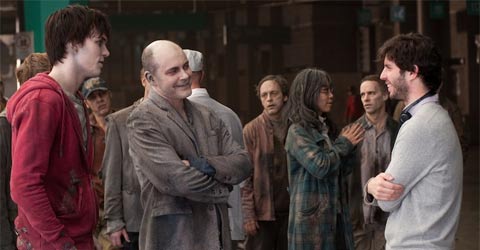
And just from a logic point of view the voice-over makes sense because you’re dealing with a character who doesn’t have the ability to string more than three words together. If you can’t connect to that lead character then the audience is just going to be lost.
To me his internal monologue was so important because one of the things that I was really attracted to with the movie was that this guy…that a young person could watch Nick’s character and be like, “Oh, that reminds me of myself the first time I was nervous around a girl.” And the only way to get that is to know what’s going on in his head. And I didn’t want to do Look Who’s Talking [laughs]. Sometimes it got a little into Look Who’s Talking, sometimes it got a little too Mystery Science Theater, so we had to be careful.
You mention the spirit of the book, and I’ll admit that I haven’t read it personally, but I’ve heard that, for example, R, Nick’s character, actually wears a suit in the novel. And he listens to more kind of classic standards…
He’s kind of like a 50s guy, and he drives an old Mercedes, he wears a suit…he’s like a Sinatra guy.
Where along the line did you decide to make those changes and why?
That was a hard decision. That was a decision I knew I might get a little flak for too. But to me, again, it was all about a young person today watching this movie and being like, “Oh my god, I could be turned into a zombie tomorrow and that’s going to be me.” I wanted to keep him an everyman for young people and I thought that would just resonate more. It’s a different decision than what’s written in the book, but I felt it was important. To me, as much as I can make that metaphor ring true, I’m going to keep trying to push for that metaphor.
As far as the music goes, it’s interesting. To me there was always this kind of John Hughes-ian kind of thing about this movie and the music was always functioning as a relic of a nostalgic time that happened before the world ended. And I wanted to be able to use as many colors of that emotional palette as possible, and not just use Frank Sinatra – which, by the way, would have been way too expensive [laughs]. I’m so proud of the soundtrack that we put together.
Well, all of your movies I’ve found have put a strong emphasis on music.
It’s really important. When I read the book I was like, “I’ll get to do this, this and this” and we hired this great music supervisor named Alexandra Patsavas, and the movie has everything from Bruce to Bon Iver. The soundtrack is super cool. I wish I could sell the soundtrack to people as a physical thing. I just remember buying soundtracks to movies, it was so much fun.
I’ve actually been listening to the Django Unchained soundtrack pretty much non-stop since I picked it up.
Dude, what’s the song on the Django Unchained soundtrack where they’re… I think it’s America? When they’re riding through the snow, or is it Lee Hazlewood?
Oh, are you talking about the Jim Croce song?
Is it Croce? I love Jim Croce and I turned to my girlfriend and I was like, “This is Jim Croce,” and she was like, “No, it’s America,” so now I’m going to fuckin’…[laughs] God, that soundtrack is so good.
But when you’re looking for the right song for a scene what is the process for you?
Well, it’s a couple things. One, we have this amazing music supervisor who just sends us ideas and we try them. Two, the editor tries a bunch of stuff. And three, I literally – and this is one of the things that’s most fun for me – I get my iTunes, I put up a Quicktime of the scene, I go home for the weekend, I have the editor give me a scene in Quicktime without the music in it, and I just go through my iTunes. And I have like 100 gigs. It’s a lot of music. And I don’t play every single song, but I just sit there with a glass of wine and just chill. And it’s incredibly relaxing and fun. Honestly, that’s one of the things that attracted me to music in the first place, the combination of music and image. And so that’s basically the process. Every song on the soundtrack came from a different place. Some came from me, some came from Alex, some came from Nancy [Richardson], the editor, and it just combined into this really nice kind of diverse, eclectic mix.
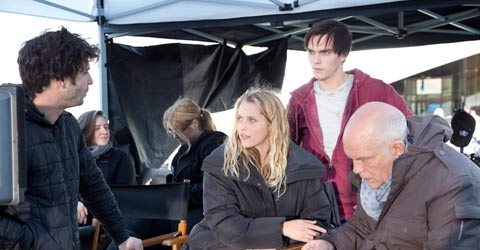
When you’re on the hunt for the right music are you more listening to sound or do lyrics enter the picture as well?
I don’t look at lyrics so much. Other people have to remind me to look at lyrics.
I love that you have “Hungry Heart” by Springsteen in there. It’s just perfect in there.
[laughs] It’s funny, “Hungry Heart” works because of the lyrics, but I always look at rhythm and feel. I don’t really pay much attention to the lyrics, unless the lyrics are just totally out there or totally undermine what we’re trying to do. For so long the first scene in the movie where they go hunting was "No Church in the Wild" by Jay-Z and Kanye, and it got really played out over the course of the time that we were editing and also it just became ridiculously expensive, but it was like the perfect song for that scene. So it drove me crazy to have to not use it. But lyrics…”Hungry Heart” works because it’s obviously so good, but I was telling these guys downstairs, I’ve basically followed Bruce around the country…
I’m a Jersey boy. I totally get it [laughs].
[laughs] So I was so happy to be able to use “Hungry Heart.” And it wasn’t as crazy expensive as Patience… definitely not as expensive as Sinatra. [Bob] Dylan is cheap! Everyone out there should know, if you’re making an independent movie or something like that, Bob Dylan is very friendly to filmmakers and you should think about Bob Dylan songs in your movies. That’s my public service announcement [laughs].
I do also have to ask about tone, especially because you made this movie coming off of 50/50, which is another film with a lot of wide spread tones and emotions, and this movie is very much the same way, blending comedy and romance and action and horror. When it came to balancing it, were you able to reflect back on your previous work for guidance?
Yeah, 50/50 helped a lot, and working with Seth and Evan worked a lot. They were incredibly influential in teaching me about that stuff. What I learned from them is that if you can get a joke that’s not going to mess up anything – it’s not going to take people out of it or whatever – you better get that joke. Because at the end of the day we’re here to entertain people, and especially when you’re screening a movie and there’s a time when people don’t laugh, you’re like, “I want to hear people laugh.” That’s one of the few things you can hear – maybe in a horror movie you can hear people scream – but we don’t want to scare people that much. And so hearing people laugh becomes addictive. And throughout every cut…we always had funny versions of every take and we just kept adding more and more and more of them, we kept adding more funny voice-over, and then at the end of the day I think we had 20% more comedy than we originally had. And it’s because we’re addicted to hearing the audience laugh, and I think in that way the audience wants to laugh. So as long as you’re not screwing up the rest of the movie, as long as you’re not winking and breaking character and doing all that stuff, then I think it’s cool to just go for laughs all the time. We did that for 50/50 and I really liked it. That’s a great lesson that I owe.
I actually talked with Rob Corddry earlier today and he was telling me that he asked you to cut the “Bitches, man” line, but that’s one of the funniest lines in the movie!
That was a very controversial line. I don’t know that Corddry has seen it with an audience because he’ll definitely backtrack on that statement.
I told him that I saw it last night and that the audience roared.
It kills, man! But it’s funny. My editor was like… it wasn’t in the original cut, and my editor was like, “I have this take where Corddry says, ‘Bitches, man’” and I was like, “Oh yeah! I remember that! Let’s try it!” And it was the biggest laugh in the movie. That was one of those things where that trumps everything. If you get a laugh that big I don’t care what it is. Just put it in the movie! So I think when I first sit down and watch it with Rob in a room full of people he’ll understand why it’s in there [laughs].

Eric Eisenberg is the Assistant Managing Editor at CinemaBlend. After graduating Boston University and earning a bachelor’s degree in journalism, he took a part-time job as a staff writer for CinemaBlend, and after six months was offered the opportunity to move to Los Angeles and take on a newly created West Coast Editor position. Over a decade later, he's continuing to advance his interests and expertise. In addition to conducting filmmaker interviews and contributing to the news and feature content of the site, Eric also oversees the Movie Reviews section, writes the the weekend box office report (published Sundays), and is the site's resident Stephen King expert. He has two King-related columns.
I've Always Wondered What It Would Have Been Like If Steve Rogers And Isaiah Bradley Shared A Scene Together In The MCU. Turns Out, Carly Lumbly Has Thought About Talking To Cap, Too
A Ghosts Star Shared His Hopes When It Comes To Ghosts Being 'Sucked Off,' And I'm Right There With Him

